
About coal ash
Coal ash is the toxic waste that remains after coal is burned. It contains high concentrations of heavy metals, including mercury, arsenic, selenium, chromium, lead, radium and other pollutants which are hazardous to human health, wildlife, and our waterways. In humans, these contaminants can cause developmental defects, cancer, and a large range of other illnesses.
For decades, utilities have stored coal ash in unlined pits next to rivers and lakes that provide drinking water, recreation, and wildlife habitat.
Most power plants and their coal ash pits sit dangerously close to powerful rivers, often in or near groundwater.
CAP-IN-PLACE IS POLLUTe-IN-PLACE
Cap-in-place means removing the water from the coal ash pond, consolidating it, and covering it overtop with a synthetic liner. Many sites across the country where coal ash has been capped in place continue to experience high levels of toxic pollution, and researchers have found cap-in-place can worsen pollution. Coal ash pits can spill during flooding, as evidenced at North Carolina’s inactive H.F. Lee ash basins when the Neuse River was flooded by Hurricane Florence. Despite confirmation of the significant risks of storing coal ash in dangerous, leaking, and polluting pits, Alabama Power, TVA and PowerSouth Energy Cooperative are planning to leave ash in place at all sites in Alabama rather than excavating and removing it to dry, lined landfills.
The bottom line is that cap-in-place does not work and is not an acceptable solution for Alabama.
Coal Ash spills are common, devastating, and expensive.
On December 22, 2008, a dam ruptured at a coal ash pit at the Tennessee Valley Authority's Kingston Fossil Plant, releasing 5.4 million tons of coal ash. The spill damaged or destroyed 40 nearby homes, cost an estimated $3 billion to clean up, and killed at least 11 people, though litigation is still ongoing to this day. This was after just 5.5” of rain. It was one of the worst environmental disasters in U.S. history, and we don’t want a repeat here in Alabama - where we are particularly vulnerable due to hurricanes and heavy rains, which have caused coal ash spills in North Carolina and South Carolina.
In 2014 a power plant spilled 39,000 tons of coal ash into the Dan River. Ash was found up to 70 miles away. Academic papers have estimated the spill cost the region $295 million.
Other spills in North Carolina and elsewhere have had lasting and damaging impacts on the areas public health, economy, and environment.
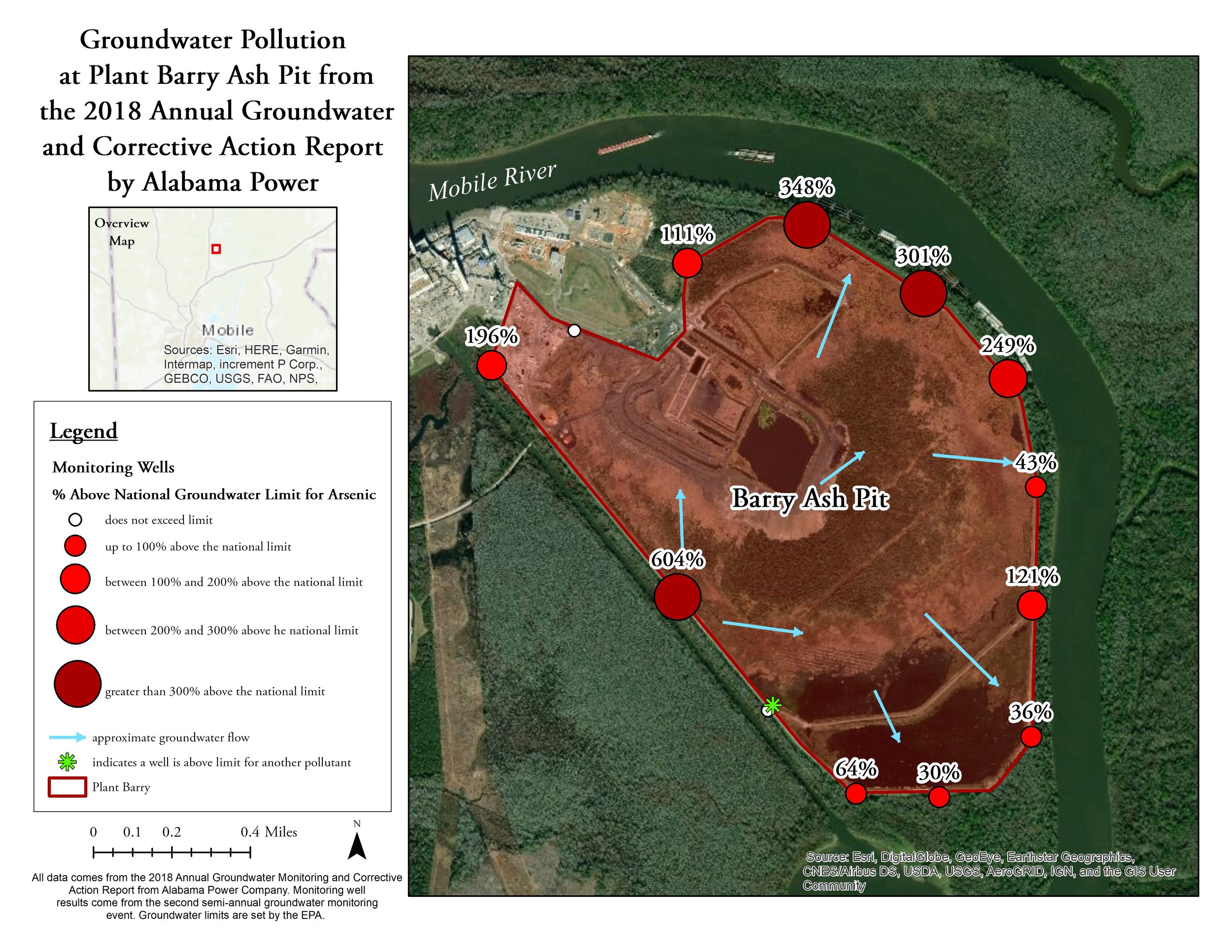
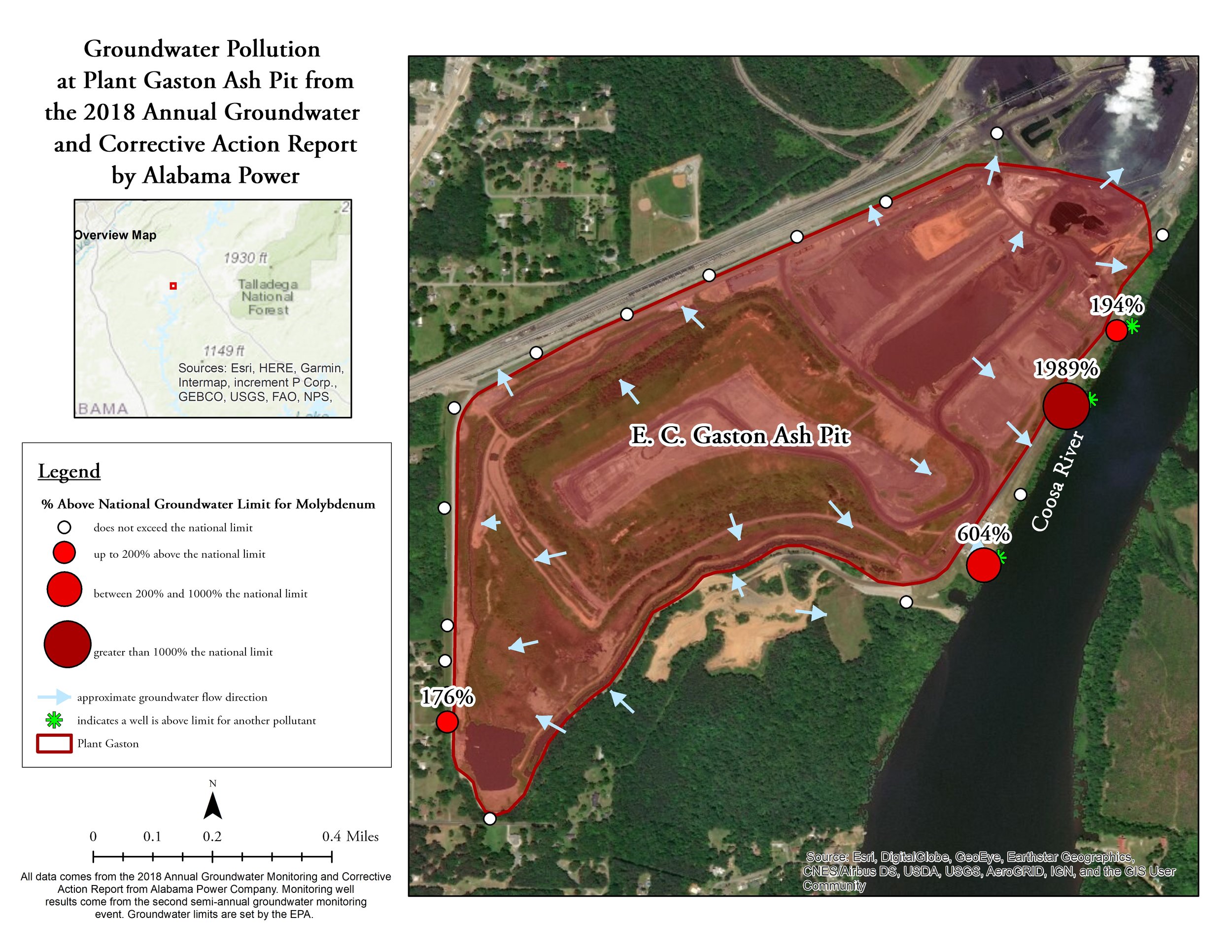

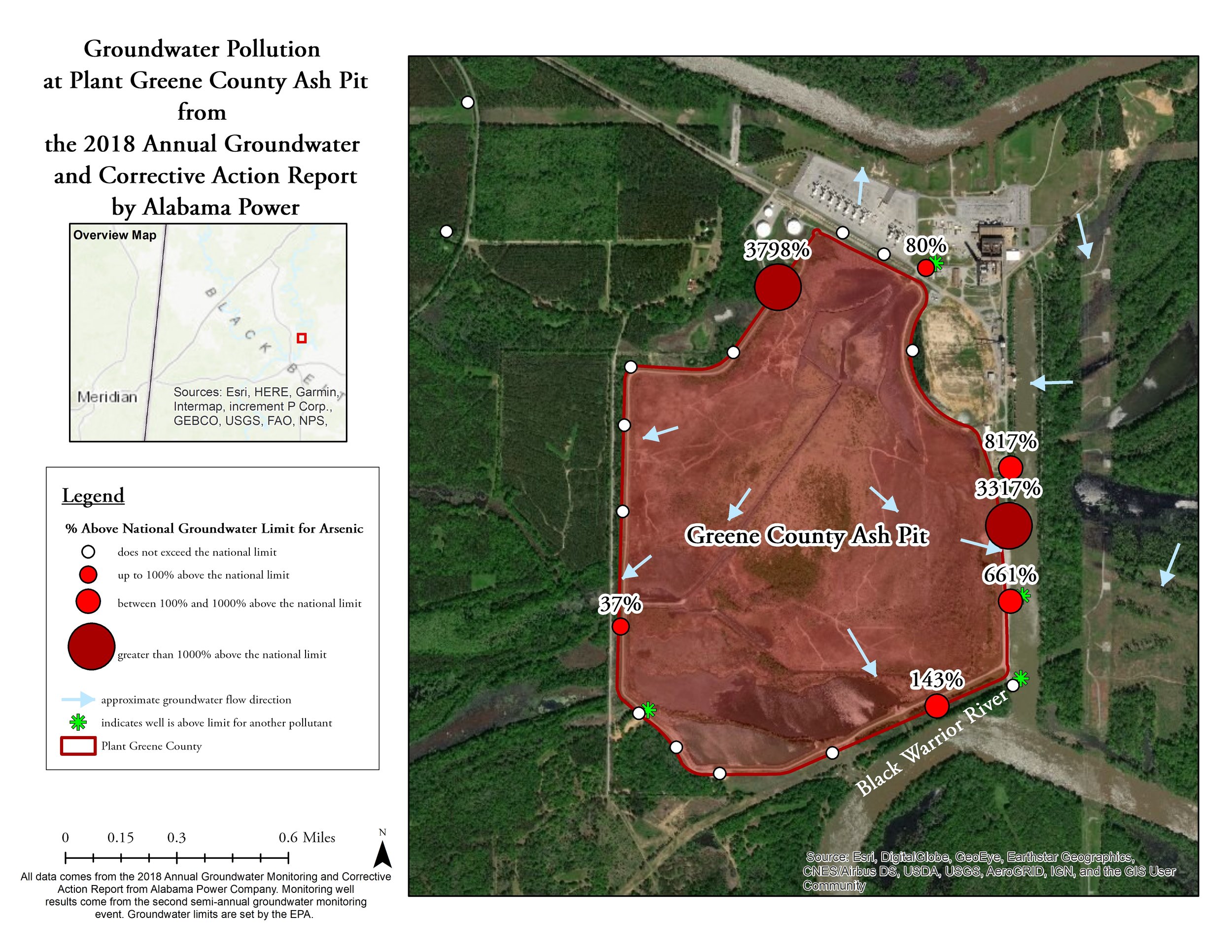
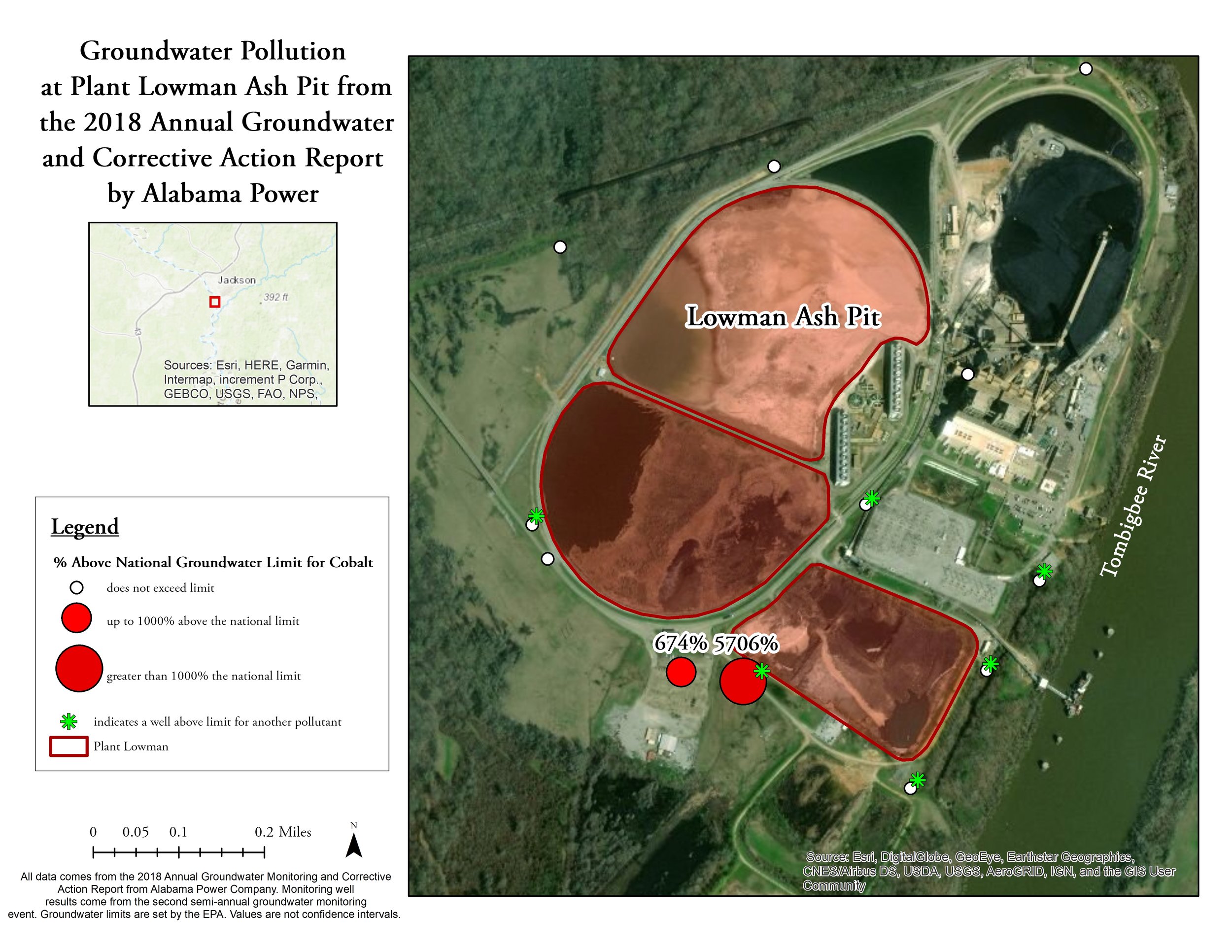
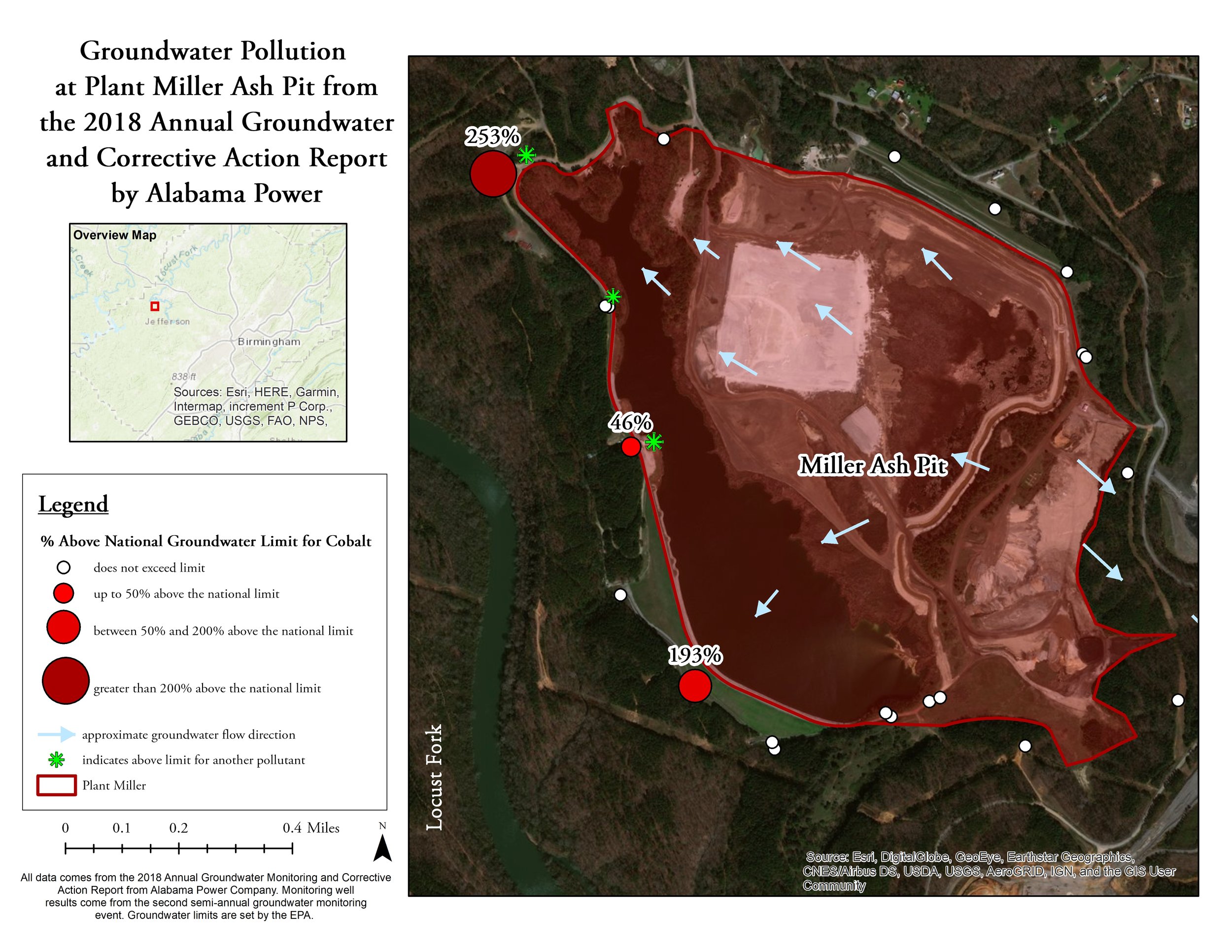
Coal Ash groundwater violations
All of Alabama’s coal ash pits are unlined and all of them have reported federal groundwater violations. There are nine coal plants next to major waterways across the state: on the Mobile River, Coosa River, Mulberry Fork, Black Warrior River, Tombigbee River, Locust Fork, Widows Creek, and Tennessee River. Current data shows that each of these coal ash ponds have been contaminating groundwater for some time, likely decades.
Other Southeastern States Are Removing
or recycling Their Coal Ash
Utilities in states across the Southeast like Georgia, North Carolina, South Carolina, Virginia, and Tennessee are collectively moving nearly 250 million tons of coal ash to upland, lined landfills or recycling it into concrete to protect citizens in their states.
Mayor McCarty of Wilsonville asks, “Are we second-class citizens?”

